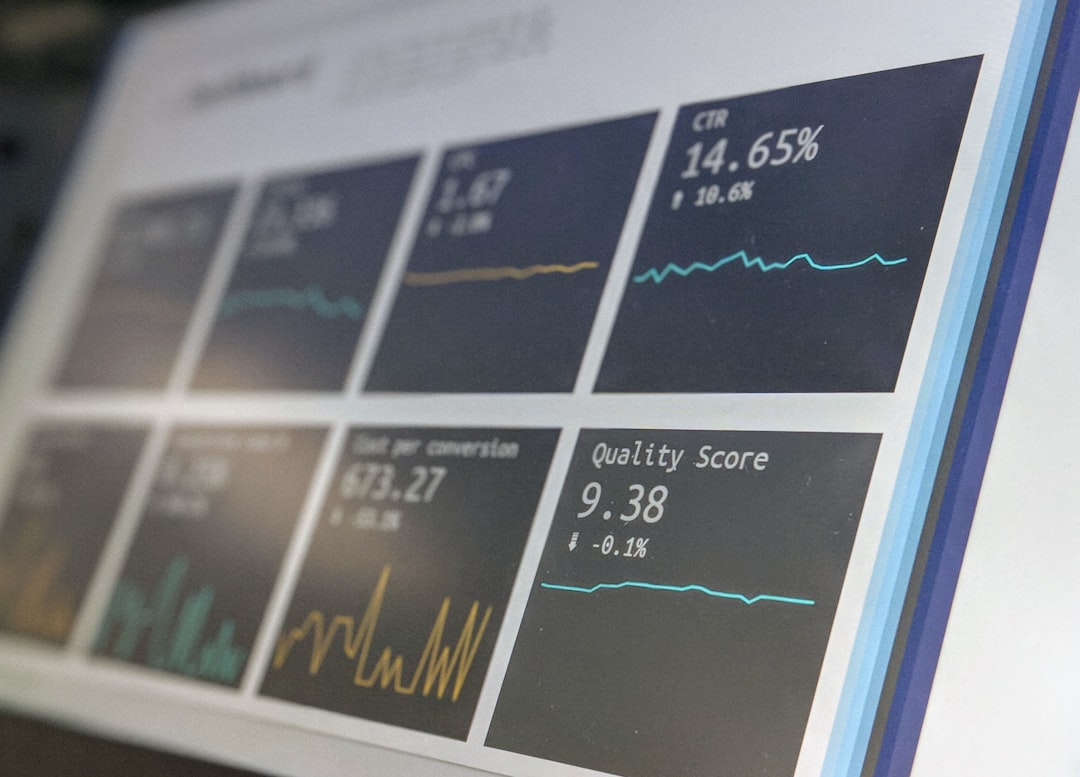
Leveraging Economic Data for Business Growth: A Strategic Guide
# Introduction. In today's data-driven world, businesses that effectively utilize economic data often find themselves ahead of the competition. Economic data provides valuable insights that can support decision-making processes, identify emerging trends, and optimize strategies for growth. Whether you're a startup or an established enterprise, knowing how to leverage this information can be the key to sustainable expansion. # Understanding Economic Data and Its Importance. Economic data encompasses various statistics and measures that reflect the economic activity within a region or industry. Key data types include gross domestic product (GDP), unemployment rates, consumer price indexes (CPI), and industry performance metrics. For businesses, understanding these indicators helps to: - Assess market conditions and consumer behavior. - Forecast economic trends that may affect operations. - Identify new opportunities or potential risks in the business landscape. Leveraging such insights can lead to more informed decision-making, enhancing both short-term performance and long-term strategy. # Gathering Relevant Economic Data. To effectively leverage economic data, businesses first need to identify which data is relevant to their specific industry and objectives. Sources for economic data include governmental agencies (like the Bureau of Economic Analysis), international organizations (like the World Bank and International Monetary Fund), and industry reports. Important data to consider could include: - Regional economic indicators, which can highlight local consumer demand and supply chain factors. - Competitor analysis data, showcasing market performance benchmarks. - Sector-specific trends that can impact operational decisions. Finding the right balance in data collection ensures you’re not overwhelmed by irrelevant information but instead, focused on what can propel your business forward. # Analyzing Economic Data for Strategic Insights. Once relevant data has been gathered, the next step is analysis. Effective analysis involves interpreting data trends and drawing actionable insights. Businesses should: - Utilize data visualization tools to present data in an understandable format; infographics and dashboards can communicate insights effectively. - Employ statistical models to forecast future trends based on historical data. For example, regression analysis can help you understand the relationship between different economic indicators and business performance. - Benchmark your performance against industry standards using economic data to identify areas for improvement. These analytical approaches help distill complex data sets into meaningful strategies that can guide business growth. # Implementing Data-Driven Strategies. With insights in hand, businesses can implement strategic initiatives that leverage this information. For instance: - Adjust pricing strategies in reaction to consumer spending patterns and inflation rates informed by CPI data. - Streamline operational processes based on labor market conditions, addressing staffing challenges by aligning workforce needs with economic forecasts. - Explore new markets or product lines guided by sector growth trends that show increased demand. By implementing data-driven strategies, companies can maximize profitability while minimizing risks associated with economic shifts. # Monitoring Economic Indicators Continuously. The economic landscape is constantly changing, emphasizing the need for continuous monitoring. Establishing a system for regularly tracking relevant economic indicators will allow businesses to: - Stay reactive to economic changes, ensuring they adapt quickly to new circumstances. - Refine and adjust strategies dynamically based on real-time data, fostering resilience and agility. - Prepare for potential downturns by understanding leading indicators that might predict a recession or slowdown, allowing for proactive adjustments. Continuous monitoring enhances a business’s flexibility to pivot when necessary, maintaining competitive advantage even in volatile climates. # Conclusion. In conclusion, leveraging economic data for business growth is not just about collecting numbers; it's about strategic analysis, informed decision-making, and continuous adaptation. By understanding what data is relevant, performing thorough analysis, and implementing responsive strategies, businesses can position themselves for sustained growth in an ever-evolving marketplace. Embracing the power of economic insights equips entrepreneurs and business leaders to navigate challenges effectively, seize opportunities, and drive their companies to new heights. .









